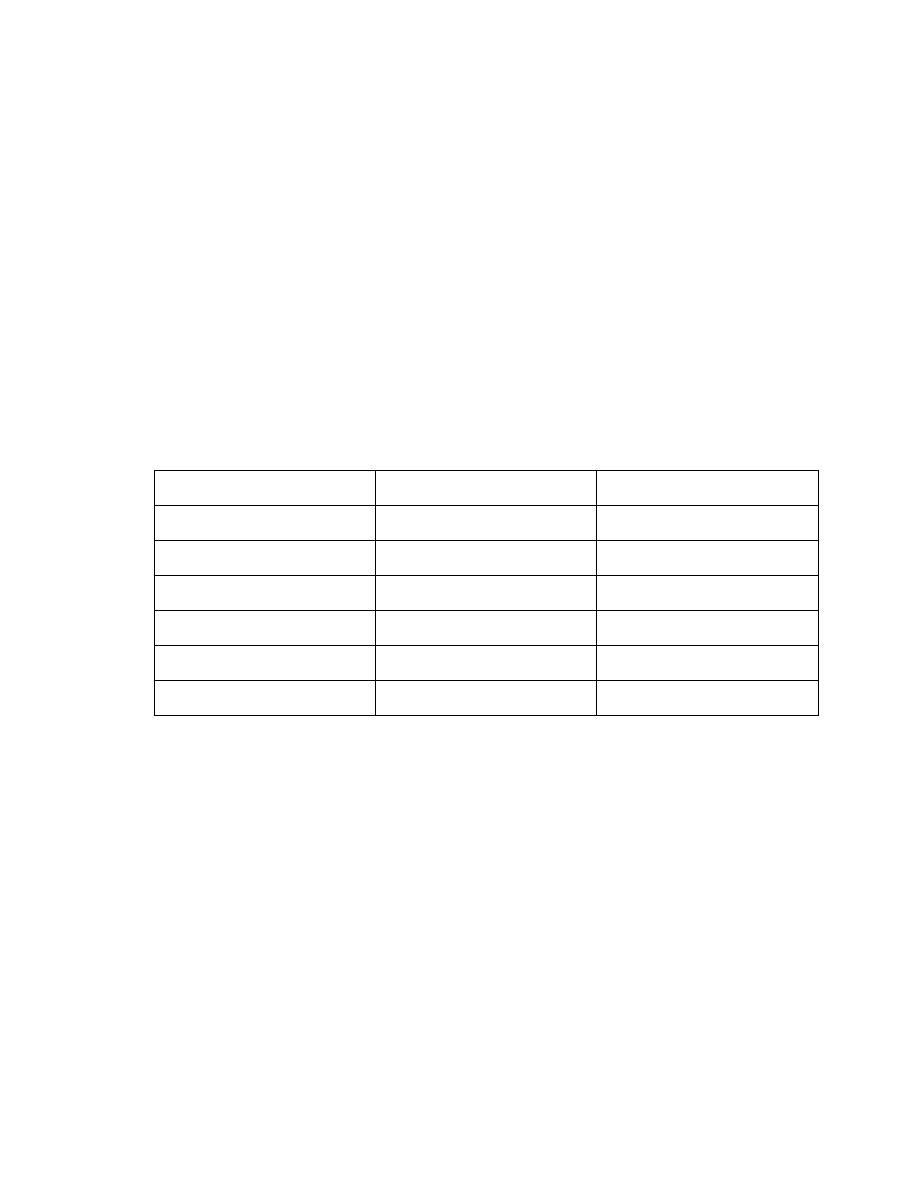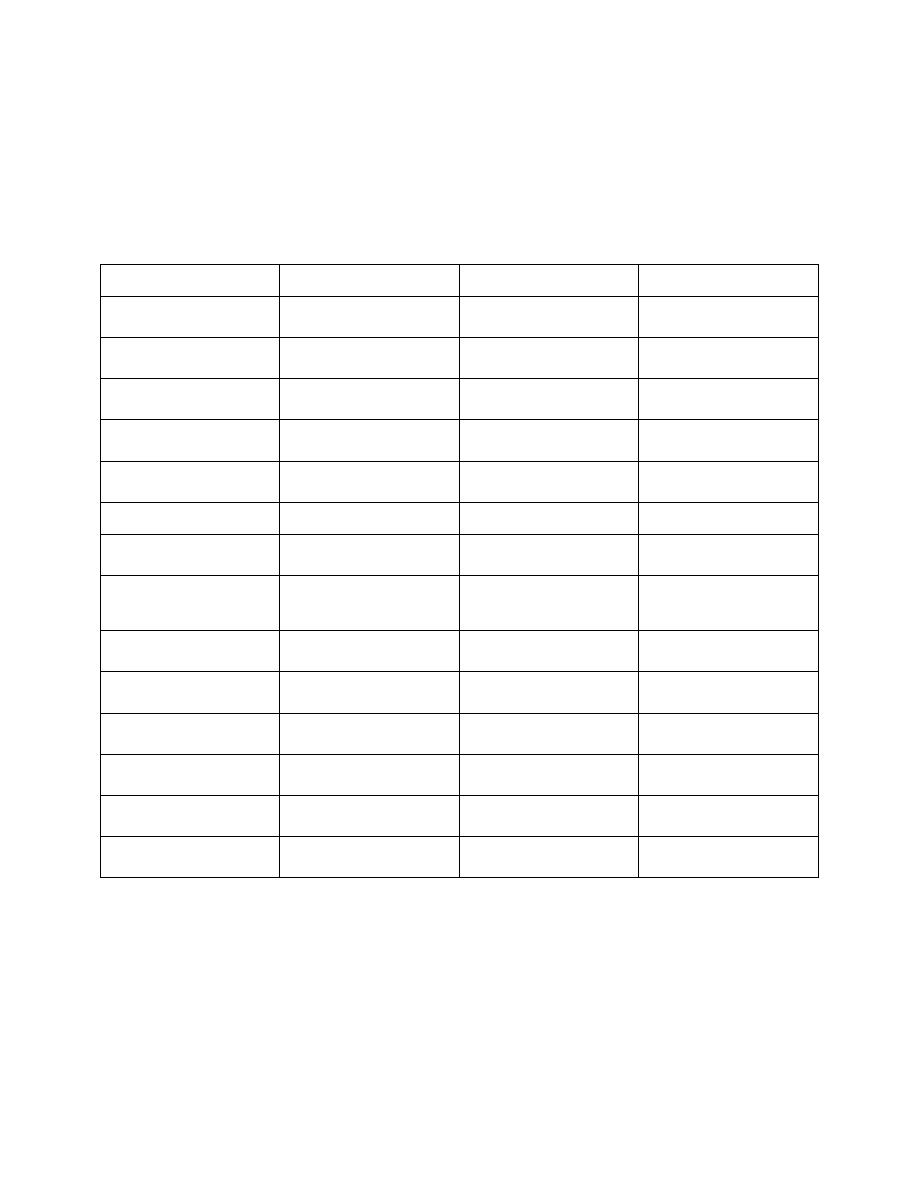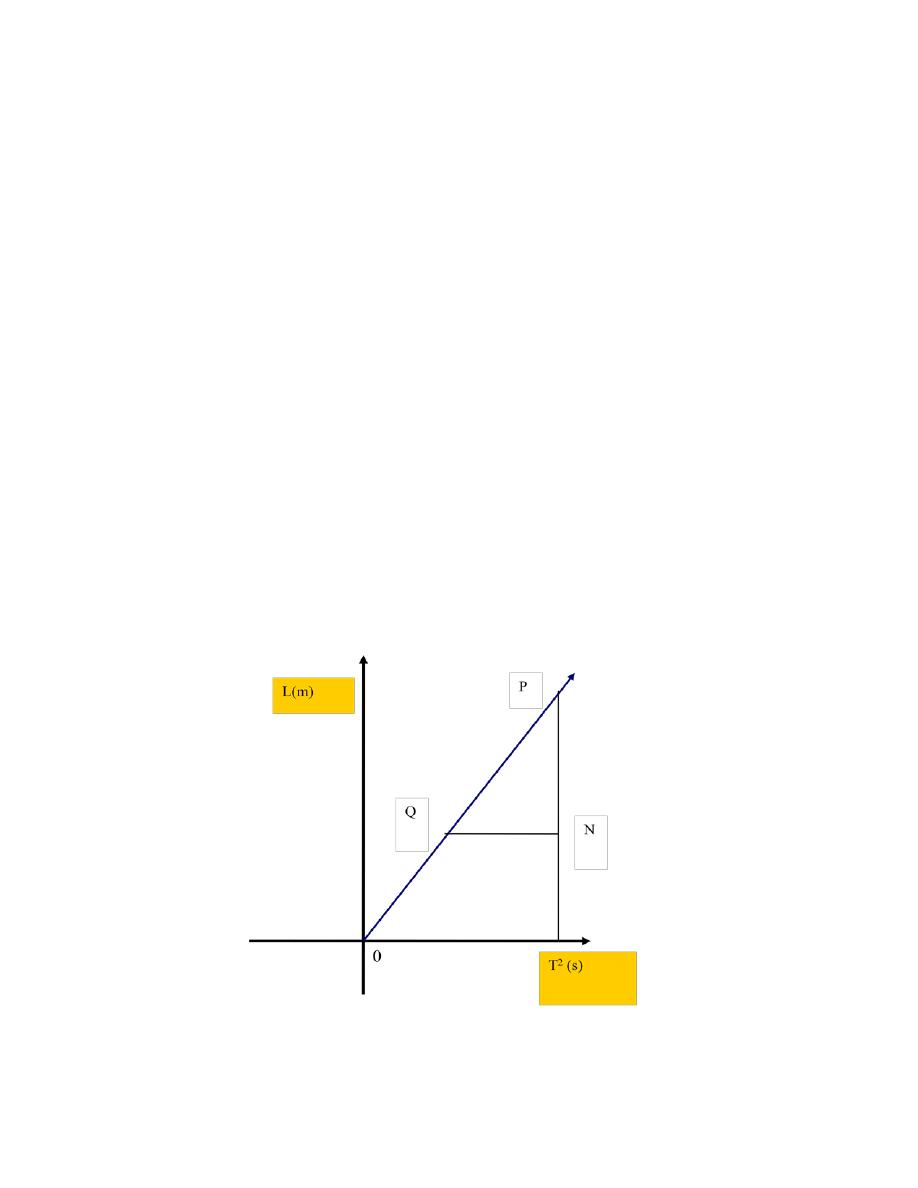
1
University of Mosul – College of Dentistry
Medical Physics
Lecturer
Jameel M. A. Sulaiman
University of Mosul – College of Dentistry
M.Sc. Physics - Mosul
PhD Student at University of Technology- Baghdad
Chapter One
In this chapter we present three broad topics
1. We examine what we mean by medical physics and describe some related
and overlapping disciplines, (Terminology).
2. We discuss modeling, a concept that is essential in science, engineering, and
medicine.
3. Review of material taught in an elementary physics course, and we discuss
the problem of a accurately measuring a person's weight, as you see this
measurement in far from simple.
1. Terminology
The term medical physics refers to two major areas:
1. The applications of physics to the function of human body in health and
disease, called the physics of physiology.
2. The application of physics in the practice of medicine includes such things
as: Stethoscope, tapping of the chest (percussion), x-ray, ultrasound,
radiation, nuclear medicine, and laser.
The word physical appears in a number of medical contexts.

2
Only a generation ago in England a professor of physics was actually
a professor of medicine.
The word physicist and physician have common root in the Greek
words physike (science of nature )
The first things a physician does after taking a medical history of a
patient is to give him a physical examination during this examination
he uses the stethoscope, taps the chest, measures the pulse rate, and in
the other ways applies.
3. Physics: Is a branch of science which deals with natural phenomena as
occurs in nature such as electricity and magnetism, light, sound, heat,
motion, force, fluids, gases properties and concentration of matter. It
developed through a study of non living bodies and only in the last few
decades it was applied to living bodies.
4. Medicine: Is a branch of science deals with human body which a living
entity. Living entities characterized by birth, growth, reproduction and death.
Living entities interact with their environment activity, human beings build
houses, bridges, dams, implant vegetables and trees, breed animals.
3. Medical Physics: Is a science which combine medicine and physics, that
concerning in the application of physics laws and techniques in human body, and is
depends on number of medical sciences such as anatomy and physiology.
4. The function of the human body in health and disease such as (organs, eyes,
ears, lungs .est.) (These could be called the physics of physiology, diagnosis, and
therapy).
5. The practice of medicine such as, the physics of the stethoscope, the tapping of
the chest and the medical application of Laser, X-rays, Ultrasound, Radiation ,
Nuclear Medicine).
6. Radiological Physics: Involves the applications of physics to radiological
problems and includes the use of radiation in the diagnosis and treatment of disease
as well as the use of radiation nuclides in medicine (nuclear medicine)

3
7. Health Physics: Involves radiation protection of patients, workers, and the
general public, this name was given to it during world war second by members
of the Manhattan project (the group responsible for the development of the atomic
bomb).
8. Physical medicine: Is the branch of medicine deals with the diagnosis and
treatment of disease and injury by means of physical such as massage, exercise,
heat, water, cold.
9. Physical therapy: Is the treatment of disease or bodily weakness by physical
means such as massage and gymnastic rather than by drugs
10. Biophysics: applying physics to living bodies which includes humans ,
animals, plants, micro organism, cells, macromolecules ( proteins ) fats and
bimolecular.
11. Medical electronics (medical engineering): Deal with instrument used in
monitoring body functions and diagnosis or as aids or as surgical, such as uses of
the computers in medicine .
12. ECG: Electrocardiograph: Heart electrical activity.
13. EEG: Electroencephalogram: Brain electrical activity.
14. EMG: Electromyogram: Muscle electrical activity.
15. NMR: Nuclear Magnetic Resonance:
• The relation between some topics of physics and medicine
Physics
Electricity and magnetism
Electric potential, Electric current, Electric circuits, Electronics,
Feedback, Control, Regulation
Sound
Sound waves, Acoustics, Ultrasound
Light

4
Light waves, Optics, Laser
Radiation
X-ray, Radioactivity and nuclear physics
Medicine
Electricity and magnetism
Heart, brain, muscle, electrical activity (ECG, EEG, EMG), electrical
shock, and position sensors, nervous system, hormonal system , regulation of
respiration , NMR (Nuclear Magnetic Resonance.
Sound
The sense of hearing, Ear and hearing aids, Ultrasonic imaging, ultrasonic
cleaning, ultrasonic kidney and bladder operations.
Light
The sense of vision, the eye and eyesight correction, Laser surgery,
therapy
Radiation
X-ray, imaging computed tomography (ct) scanner, radiation therapy,
diagnosis..
2. Modeling
Even thought physicist believes that the physical world obeys the laws of
physics, they are also aware that the mathematical descriptions of some
physical situation are too complex to permit solution.
Example for modeling:
a) The eye is analogous to camera.
b) The flow of blood is like the flow of electricity in electric circuit, this
electrical model can simulate very well the phenomena of cardiovascular
system.

5
c)
Newton second law F=ma, or F= ∆mv/∆t , ∆ is indicates a small change of
the quantity. P=mv, ∆/∆t means rate of change (of momentum) with time.
d) One of the physicist’s favorite words is function, W= f (H), weight W is a
function of the height H.
e) R=f (P), the heart rate R is a function of the power (P) produced by the
body.
Feedback Mechanism
Many functions of the body are controlled by homeostasis, which is
analogous to feedback in engineering.
(-) feedback produced stable control.
(+) feedback produced an unstable control.
A simple example of (-) feedback is the control of house temperature by a
thermostat.
(-) feedback control is common in the body
For example one important function of the body is to control the level
of the calcium in the blood, if the level drops low, the body release some
calcium from the bone to increase the level in the blood.
If too much calcium released the body lowers the level in the blood by
removing some via the kidneys.
Many of the control mechanism of the body are not yet under stood; various
diseases have been found to be directly related to the failure of these
mechanisms.
For example, as the body grows, its cells keep increasing in number until it
reaches adult size, and then the body remains more or less constant in size
under some type of feedback control.
Occasionally some cells are not responding to this control and become
tumors.

6
3. Measurement
One of the main characteristics of science is its ability to reproducibly
measure quantities of interest. The growth of science is closely related to
the growth of the ability to measure. In the practice of medicine, early
efforts to measure quantities of chemical interest were often scorned as
detracting from skill of physician, for example: Weight, pulse,
temperature of the body, blood pressure, x- rays, exposure dose of
radiation, and volume measurements some of the common measurement
used in the practice of medicine.
Table-1: international system (SI) unit (stander units):
Quantity
units
abbreviation
Length
Meter
M
Mass
Kilogram
Kg
Time
Second
Sec
Current
Ampere
A
Temp.
Kelvin
K
Luminous intensity
units
cd

7
There are other units are called non standard units these units derived from
standard units, see table -2.
Table-2: Some quantity with non (SI) unit
Quantity
Unit
Abbreviation
Length
Foot
Ft
Volume
Liter
Li
Energy
Joule
Calorie
1 joule=2.39x10
-4
Cal
Pressure
Pounds/square inch
PSi
Temperature
Celsius, Kelvin
o
C, K=C+273
F=9/5 * C +32
Force
pound
Lb
We often use large or smaller units such as the centimeter (cm) , one
hundredth of a meter , the millimeter (mm) ,one thousand of a meter
1m=100cm=1000mm
1kg=1000g=1000000mg
It is often desirable to convert from particular set of unite to another set
of units 50km per hour (50kmh
-1
) to convert this speed to m s
-1.
50kmh
-1
=50 km/h =50 (1000/60*60) = 14m.s
-1
So as to practices these measurements must be knew the physical quantity
and physical units, physical quantity in general will have both a number
and unit attached.
The number by itself is insufficient over years many different units have
been suggested. In general international system (SI) unit or meter-kilogram-
second ampere (MKSA) system are used to measure various quantities.

8
Table -3: Units are called non standard units these units are derived from
standard units.
Quantity
Unit
Abbreviation
Dimensions
Force
Newton
N
Kg m/sec
2
Pressure
Pascal
Pa= N/m
2
Kg/ m sec
2
Energy
Joule
J =Nm
Kg m
2
/sec
2
Power
Watt
W=J/sec
Kg m
2
/sec
3
Torque
Newton - meter
T =N. m
Kg m
2
/sec
2
Electrical charge
Coulomb
C
A. Sec
Electrical potential
Volt
V = J/C
Kg m
2
/sec
3
A
Electrical
resistance
Ohm
Ω = V/A
Kg m
2
/sec
3
A
2
Capacitance
Farad
F= C/V
Sec
4
A
2
/ kg. m
2
inductance
Henry
H= J/M2
Kg m
2
/sec
2
A
2
Frequency
Hertz
HZ
Sec
-1
Radioactivity
Becquerel
Bq
Sec
-1
Absorbed dose
gray
Gy = J/Kg
m
2
/sec
2
Magnetic flux
Weber
Wb = J/A
Kg m
2
/sec
2
A
2
There are many other physical measurements involving the body and time we can
divide them in to two groups:
1. Measurements of repetitive processes, such as the pulse, this
measurements usually involve the number of repetitions per time,

9
minuets, hour, for example the pulse heart rate is about 70/min. And the
breathing rate is about 15/min.
2. Measurements of non repetitive processes, such as how long it takes the
kidneys to remove a foreign substance from the blood. Non repetitive
time processes in the body range from the action potential of a nerve
cell (1 m sec) to the lifespan of an individual.
Errors and accuracy
Accuracy refers to how close a given measurement is to an accepted
standard. . For example, a person's height measurement as 1.765 m may be
accurate to 0.003m compared to the standard meter.
The maximum likely error in any scale measurement is usually taken to be
half the distance between adjacent scales marking. Thus if a rule is
graduated in mm, then measuring the length of body there is a possible
error of 0.5mm in judging the position of each end of the body against the
rule. The maximum possible error is thus 1mm. If the length being measured
is say 62cm the relative possible error is (2x0.05/62) and the % possible
errors equal to 0.1/62x100 or 0.16% If a current measured on an ammeter
whose scale divisions are 0.1 a part is judged to be 2.7A. The% possible
error is equal to [(2x0.05/2.7)]x100=4%
Errors may be lessened by taking several observation of the same reading:
Example:
Let us suppose the six reading of the micrometer screw gauge were
{1.25, 1.24, 1.22, 1.22, 1.26, 1.24} mm
Mean (average) = (1.25+ 1.24+ 1.22+ 1.22+ 1.26+ 1.24/6) =1.24mm
In order to calculate the most likely error in this mean, first evaluate the
deviations of reading.
These are the differences between each reading and the mean. Then calculate
the mean of the deviations. This is the most likely error in the mean. In the
example quoted the deviations

10
Deviations =
{
|1.25-1.24|+|1.24-1.24|+|1.22-1.24|+|1.22-1.24|+|1.26-
1.24
|+|1.24-1.24|/6} = 0.01mm
This is the likely error in the mean reading of 1.24 mm which should now be
stated 1.24±0.01mm
Example:
The periodic time T of a simple pendulum of length L is given by
T=
2π (L/g)
½
where g is the acceleration of free fall.
Squaring T
2
=
4π
2
(L/g)
Hence, if a graph is plotted with values of T
2
(sec
2
) as coordinates against the
corresponding values of L (m) as abscissas a straight line through the origin will
be obtained whose slope , obtained from two widely straight separated points on
the straight line, is the numerical value of (4π
2
/g) and from which g may now be
calculated, see figure 1.
Slope = (PN/QN)

11
g =4π
2
X slope
Questions
1. Give three examples of the use of the word physical in medicine.
2. List four physical measurements usually made during a physical
examination
3. Determine your age in minute? Include an estimate of the error.
4. Measure your pulse 10 times for 15 sec periods
a. What is your average pulse rate per minute?
b. Estimate the % possible error
c. Estimate the accuracy.
d. Calculate (Mean + Deviation.)
5. If a thermometer whose scale divisions are 0.1
o
C apart is used to measure a rise
of temperature start of 35
o
C to 38
o
C. An ill person measured her temperature ten
times in a row and got the fallowing values in degrees (36.1, 36.0, 36.1, 36.2, 36.4,
36.0, 36.3, 36.3, 36.4, 36.2)
a. Estimate the % possible error
b. Estimate the accuracy.
c. Calculate (Mean + Deviation.)
